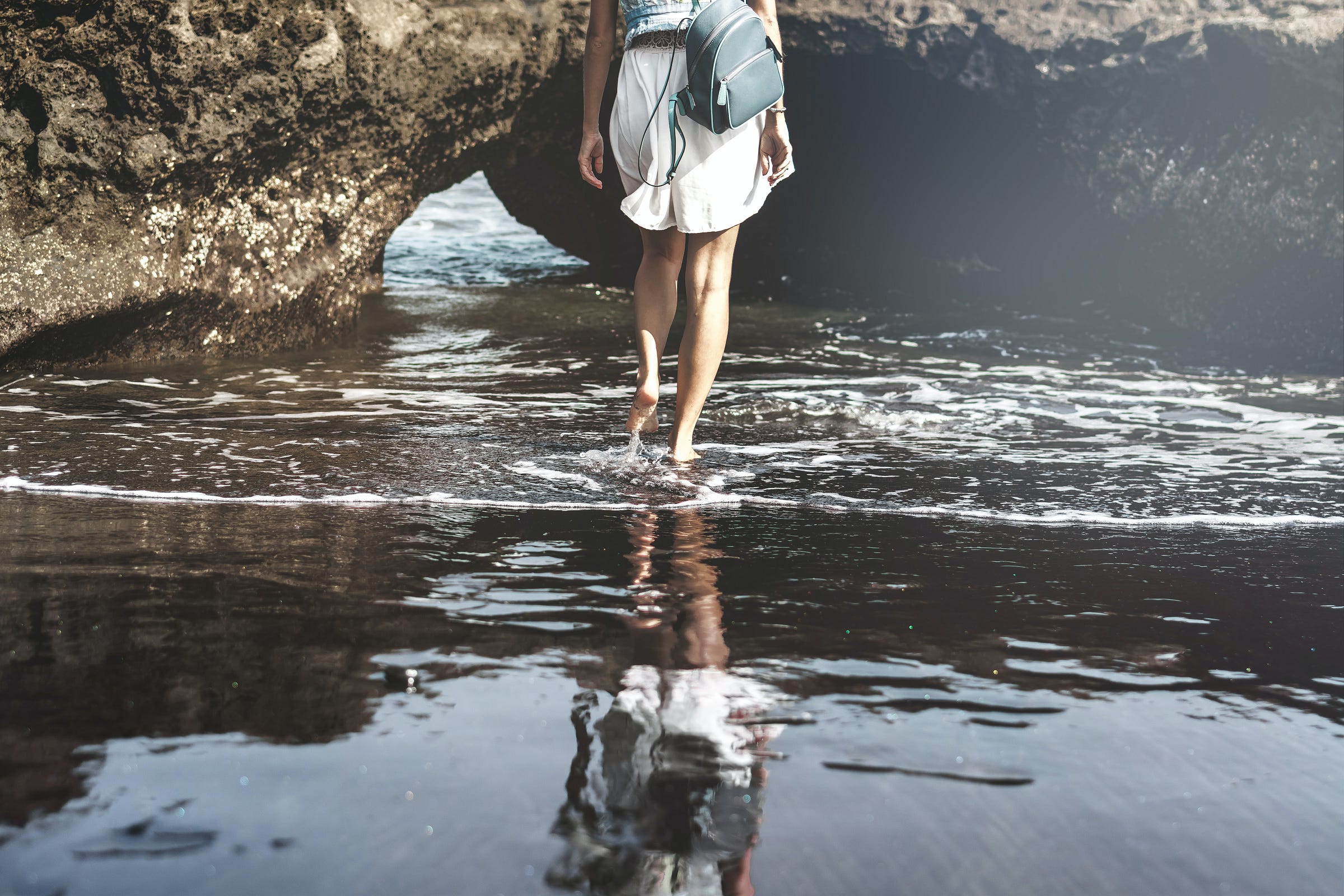
I’ve always known that rest is vital for our overall health but knowing it is one thing, understanding it is very different.
General fatigue is widespread and it’s worsening as society becomes more sedentary (or just lazy). It sounds odd initially. We’re doing less, but are more tired? However, one study indicated that people who were more active reported less fatigue than those who were more sedentary. Why? Because, in simple terms, the more active and better our fitness, the more resistant we become to fatigue.
That said, while we’re generally more sedentary as a species, we’re also more overworked, overwhelmed, and frankly, overloaded with information and stimuli that tilt our minds at or over the edge of tiredness, every day.
Knowing how to rest is vital for a healthy and sustainable life. And did you know there are seven types? Let’s go through them.
Physical Rest
There are two types of physical rest: Passive and active. Passive physical rest includes sleeping and napping, while active physical rest is more restorative such as doing yoga, stretching, or a massage. All to improve your body’s circulation and flexibility.
To achieve physical rest, take short naps during the day, stretch often (create a few simple 5-minute routines), and check in on your posture throughout the day.
Mental Rest
I don’t like starting my day with coffee too often, because it makes me feel a bit irritable, and I struggle to stay still and concentrate. And with the amount of information overload we get in today’s world, the day can often start with checking social media or emails or responding to last night’s conversations. And think about it: when do you really take the time to switch off during the day?
A vacation won’t really fix this—and your annual holiday shouldn’t be your ‘break’ anyway. Schedule short breaks to occur every 25 minutes throughout your day. Use them to remind you to slow down. Dump your thoughts in a journal in the morning or evening, don’t leave your brain to carry the weight of every thought forever. This will ease the cognitive pressure on your brain and make it easier to breathe.
Creative Rest
As expected, creatives need this the most. This type of rest is especially important for people who regularly solve problems or brainstorm new ideas. According to TED, creative rest “reawakens the awe and wonder inside each of us”. It’s all about allowing yourself to absorb the beauty of the outdoors, being unplugged in nature.
Think about when you last took in the view of a beautiful river or walked through a soft, quiet field. Take some creative rest by playing with a pet or going to your local park or back garden. Or, lose yourself in a low-energy activity like colouring or doing a puzzle. This will energise you.
Sensory Rest
Similarly to what I’ve been saying throughout this essay: we’re stimulated all the time. Bright lights, computer screens, background noise, multiple conversations on our phones and emails all day, spending the day in the office or on Zoom. It’s extremely draining and most people don’t realise it. It often overwhelms the senses.
The countermeasure to this is by doing something as simple as closing your eyes for a minute in the middle of the day and intentionally unplugging from electronics at the end of the day. What I like to do: at the end of a Zoom call or deep conversation or work period, I activate the Reflect session on my watch. This isn’t to go back over what’s happened, but it is to breathe and switch off immediately after a stimulating event. Intentional moments of sensory deprivation can gradually undo the damage inflicted by excessive stimulation.
Social/Emotional Rest
These two types of rest tie in with each other because if you need one, you’re likely in need of the other.
Emotional rest is about having the time and space to freely express your feelings and cut back on people pleasing. A normal workday can feel like you’re a soldier on parade, forced to stand to attention all day. Society is far more provocative and exposing than it ever was before and it’s important to realise we’re seeing more of people’s lives than we’ve historically been able to see. People are more open than ever, and more people are willing to not suppress their emotions and ask “How are you today, really?” Emotional/social rest requires the courage to be authentic and stick to relationships that energise you while dividing yourself from ones that exhaust you.
To experience more emotional rest, be mindful of your resilience and ability to sit down with difficult emotions through mindfulness practices or meditation. To get more social rest, surround yourself with positive and genuinely supportive people. Even if those interactions are virtual. I recently suffered from a severe bout of emotional/social fatigue and small online conversations with supportive people were one of the remedies that made a massive difference after a week of rest.
Spiritual Rest
The final type of rest focuses on your ability to connect beyond your physical and mental arcs and feel a deeper sense of belonging, love, acceptance and purpose. The best way to achieve this is by engaging in self-love activities and things that are greater than yourself—such as prayer, meditation, or community involvement in your daily routine.
Final Thoughts
Sleep alone can’t restore you to the point you feel completely rested. There’s more to it, and you must spend the time on getting the right type of rest because your life depends on it.


